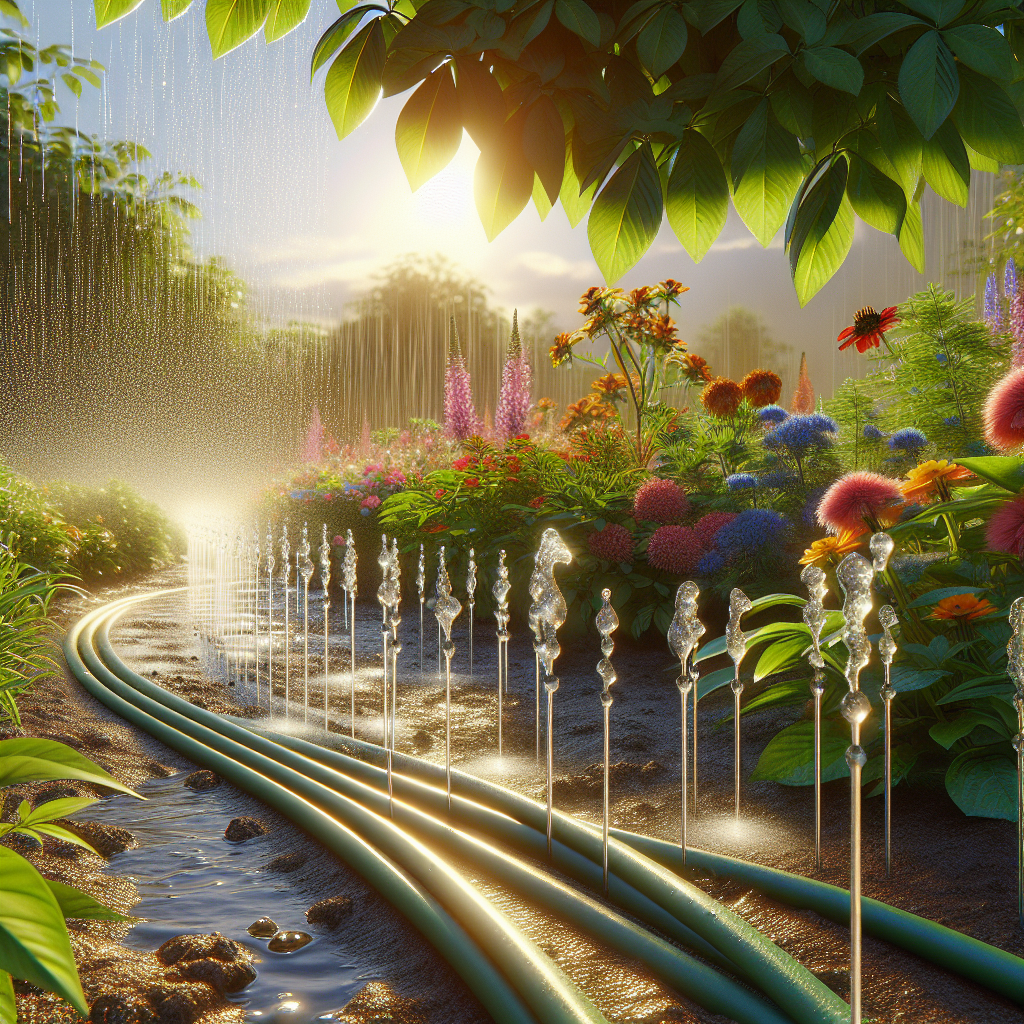Improving Plant Health through Slow Drip Irrigation Systems
When it comes to maintaining a healthy garden or flourishing crop fields, proper irrigation is essential. Traditional methods of watering like sprinklers and flood irrigation can be wasteful and inefficient, leading to water runoff and uneven distribution. This is where slow drip irrigation systems come into play, offering a more sustainable and effective way to deliver water to plants. By providing a steady and slow flow of water directly to the roots, these systems help improve plant health, increase growth rates, and conserve water resources in the process.
Slow drip irrigation systems work by delivering water directly to the root zone of plants through a network of tubing or hoses with emitters spaced along their length. This targeted approach ensures that plants receive a consistent supply of moisture without waste or evaporation. Unlike overhead sprinklers that can result in water loss due to wind drift or evaporation, slow drip systems minimize water loss by delivering it precisely where it’s needed most. This not only promotes healthier root development but also reduces the risk of diseases caused by overwatering foliage.
**Benefits of Slow Drip Irrigation Systems**
One of the key benefits of using slow drip irrigation systems is their ability to improve plant health significantly. By providing a steady supply of water directly to the roots, these systems promote deeper root growth and stronger plants. This targeted approach also helps prevent moisture-related diseases like root rot and fungal infections that can occur with other watering methods. Additionally, slow drip systems reduce weed growth by restricting moisture availability to the plant roots only.
Another advantage of slow drip irrigation systems is their efficiency in water conservation. Traditional methods like sprinklers can result in significant water loss due to evaporation and runoff. In contrast, slow drip systems are designed to minimize these losses by delivering water directly to the root zone where it’s needed most. This not only saves water but also reduces overall irrigation costs for gardeners and farmers alike.
**Installation and Maintenance**
Setting up a slow drip irrigation system may seem daunting at first, but with proper guidance and planning, it can be a straightforward process. Start by mapping out your garden or field layout and identifying where your plants are located. Next, determine the optimal placement for your tubing or hoses with emitters based on plant spacing and watering needs. Once you have your layout finalized, connect the system to a reliable water source like a hose bib or outdoor faucet.
Regular maintenance is crucial for ensuring the longevity and effectiveness of your slow drip irrigation system. Check for clogs or leaks in the tubing regularly and replace any faulty emitters as needed. It’s also essential to adjust your watering schedule based on weather conditions and plant requirements throughout the growing season.
**FAQ**
*Q: Can I use a timer with my slow drip irrigation system?*
A: Yes, timers can be used with slow drip systems to automate watering schedules based on specific times or intervals.
*Q: Will slow drip irrigation work for all types of plants?*
A: Slow drip systems are suitable for most plants but may require adjustments in emitter spacing based on individual plant needs.
*Q: How do I know if my plants are getting enough water from the system?*
A: Monitor soil moisture levels regularly using a probe or moisture meter to ensure plants are receiving adequate hydration from the system.
In conclusion, implementing a slow drip irrigation system is an excellent way to improve plant health while conserving water resources effectively. By delivering moisture directly to the root zone where it’s needed most, these systems promote deeper root growth, stronger plants, and reduced risk of diseases associated with overwatering. With proper installation and maintenance practices in place, gardeners and farmers can enjoy healthier crops while minimizing their environmental impact through efficient use of resources.














